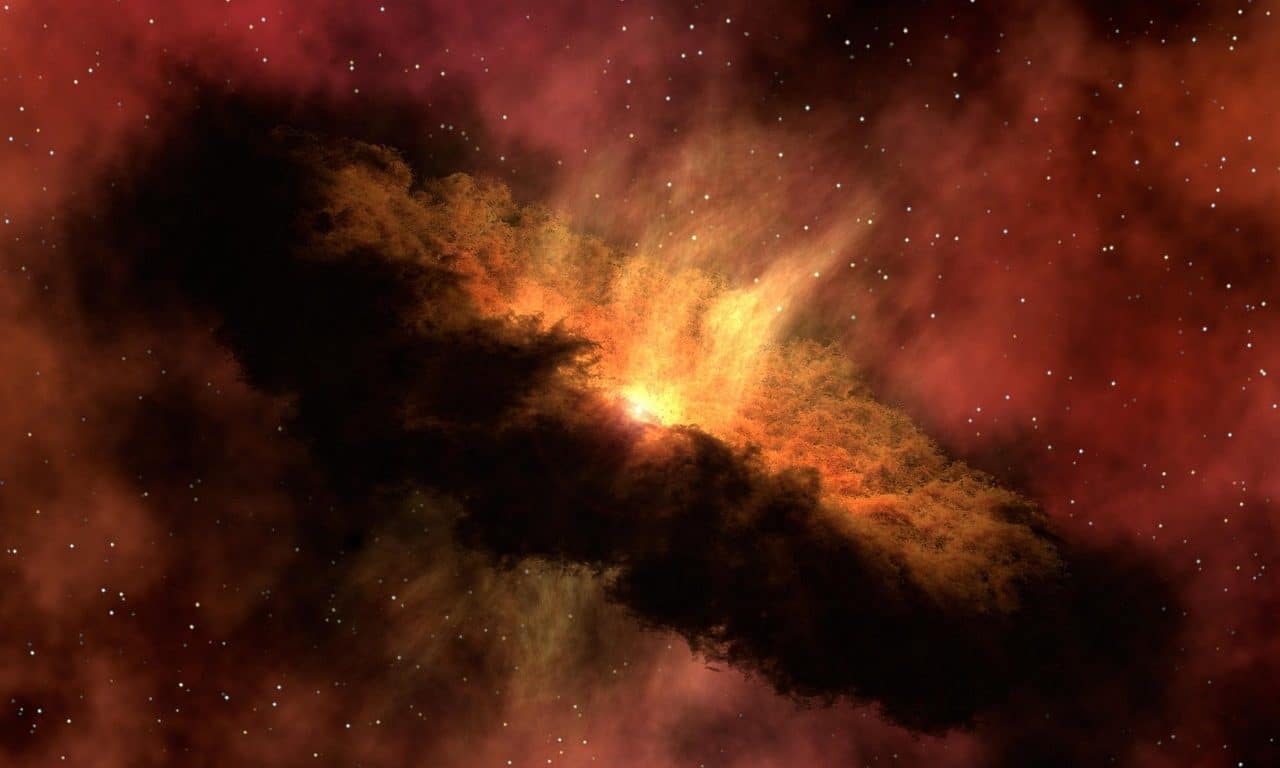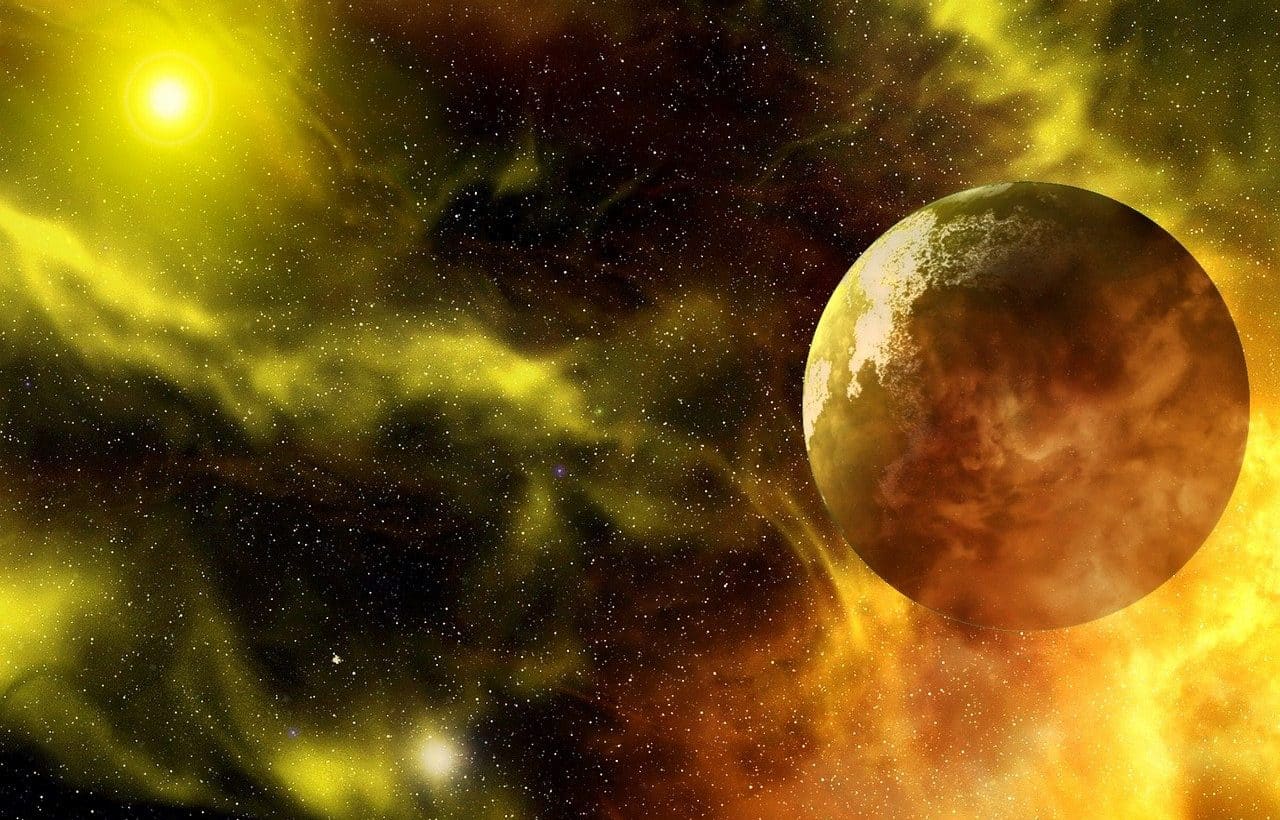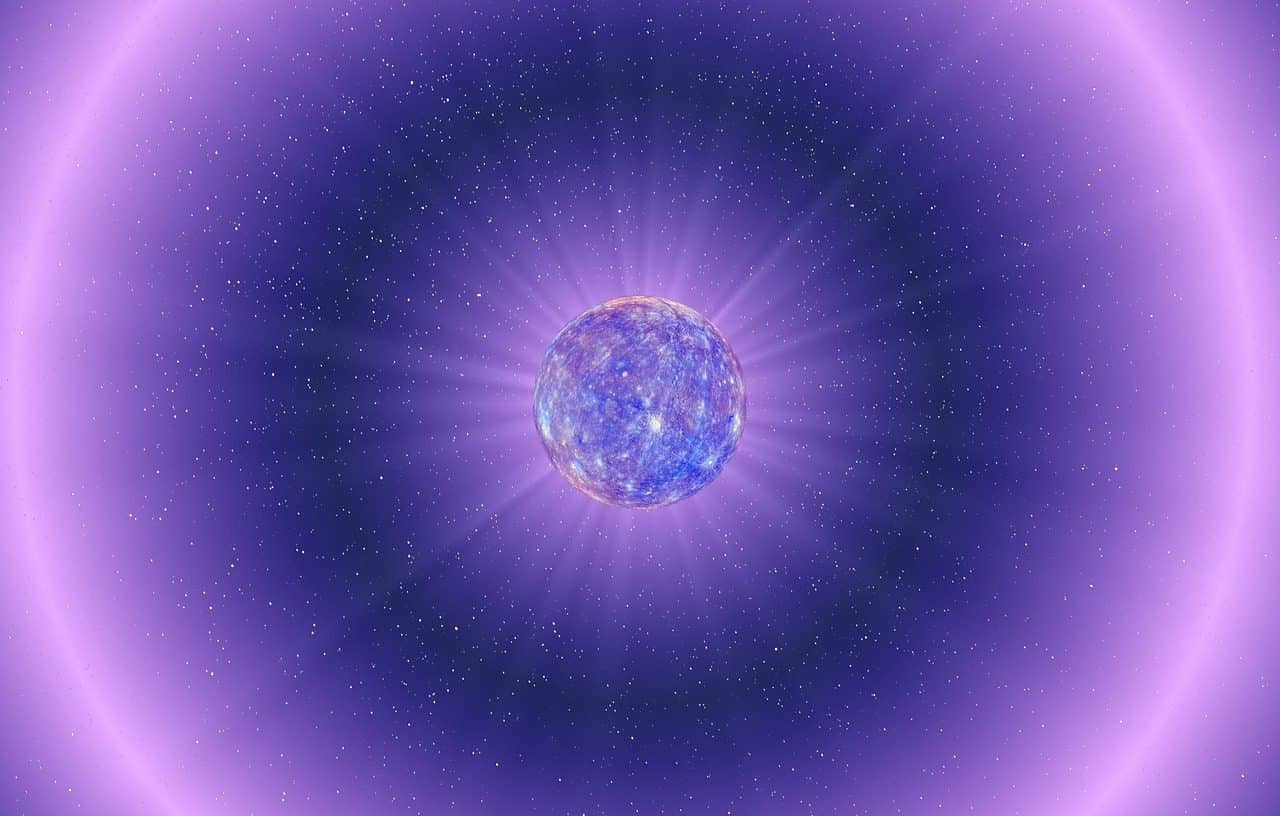
The detection of cosmic background radiation allows us to infer that a radiation field, high thermal signatures, and strong pressure dominated the early universe.
Microwave background radiation is a classification that identifies a type of electromagnetic radiation that was discovered in 1965. It is noted as one of the most conclusive evidence supporting the Big Bang .
The existence of what is also called cosmic background radiation or cosmic microwave radiation was confirmed after the construction and use of a Dicke radiometer by Robert Wilson and Arno Penzias . These radio astronomers and physicists sought to use said equipment (whose antenna was affected by an excessive noise temperature caused by microwave background radiation ) to carry out satellite communications. This discovery earned them both the Nobel Prize in Physics in 1978 .
As can be seen when reviewing how the evolution of this concept has been, at one point in history there was a clash of interpretations and positions. It is necessary to highlight in this framework that there were those who, in adherence to the content of the steady state theory , came to define the microwave background as a consequence of the light coming from stars in distant galaxies that ends up being dispersed. The collective acceptance that this radiation may well be accepted as a remnant of the Big Bang came about by making measurements in a range of frequencies that resulted in the spectrum being a black body .
History of the discovery of microwave background radiation
According to records, in 1948 Robert Herman , Ralph Alpher and George Gamow managed to predict the microwave background radiation . Over time, Andrew McKellar , Robert Dicke , Yakov Zel'dovich , A. G. Doroshkevich , Igor Dmitrievich Novikov , Peter Roll , and David Todd Wilkinson also studied this topic.
Other key contributions came from Rashid Siunyaev , an astrophysicist who was responsible for calculating the observable trace of certain inhomogeneities typical of the early universe on the microwave radiation background . From Earth they wanted to establish what the limit of anisotropy was, but this could be detected for the first time using the differential microwave radiometer present in the Cosmic Background Explorer , such as the full name translated into Spanish of the COBE satellite .

Star dust is identified as responsible for the radiation known as the cosmic infrared background, which comes mainly from galaxies in which there are stars in formation.
Characteristics
Cosmology finds in microwave background radiation a tool to support the Big Bang theory . It also reflects what the universe was like at the time of a considerable drop in temperature that led protons and electrons to form hydrogen atoms . As the universe expands, there is a red shift of photons from the cosmic microwave background . This causes the radiation 's own temperature to be proportionally inverse in relation to the scale factor of the universe.
It should also not be overlooked that, broadly speaking, background radiation is described, beyond the direction in which the measurement is made, as isotropic . Thanks to multiple tests, and mainly with the COBE satellite as an ally, anisotropies in said radiation were detected. Closer in time, the WMAP satellite made it possible to examine in detail the anisotropies (whose particularities give rise to the categories of primary anisotropies and secondary anisotropies ) evidenced in the microwave background radiation . This NASA probe was essential to be able, decades ago, to specify that the universe, in a state of expansion, is made up to a greater extent of dark energy , followed by a portion of dark matter and about four percent of baryonic matter .

Microwave background radiation presents, at a certain temperature, typical features of blackbody radiation. This variety of electromagnetic radiation was discovered in the 1960s.
Effects associated with microwave background radiation
Many scientists who have dedicated time and resources to the study of microwave background radiation have determined its influence, interaction and connection with different phenomena and effects .
It has been determined, for example, that the Sachs-Wolfe effect affects the gravitational shift towards the red (or towards the blue due to changing gravitational fields) of the photons linked to the microwave radiation background . Due to the SZ (Siunyaev-Zeldovich) effect , meanwhile, a blue shift is observed in the spectrum of the background radiation .
It is interesting to keep in mind that there are those who risked the idea called Big Whisperer or Big Freeze as a hypothesis regarding how and what the end of the universe will be. This view suggests a cosmic background radiation that is increasingly red-shifted and, therefore, impossible to see. In this context, it is suspected that starlight will gain prominence, a brightness that could also end up being undetectable. Little by little, this forecast says, a disintegration process involving dark matter will first be imposed and, then, the protons will decay. It could happen that from then on, after the collapse of matter, black holes are kept safe, the outcome of which would be connected to emissions of Hawking radiation .
